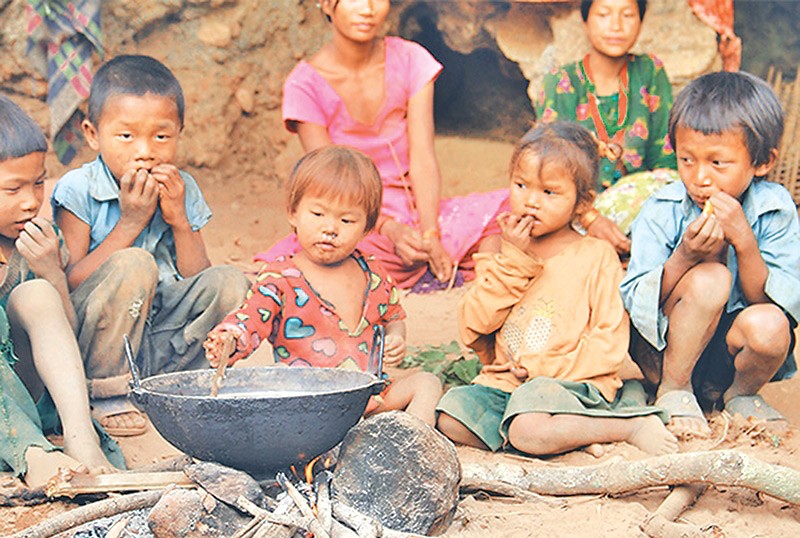A team of researchers from the Johns Hopkins Bloomberg School of Public Health and Tufts University found that indicators of childhood malnutrition improved or remained stable a year after the earthquake hit.
The study, published in November by PLOS One, also found that household food insecurity decreased significantly over the same period.
The 2015 earthquake in Nepal caused over $7.1 billion in losses to infrastructure and economic production and killed nearly 9,000 people and injured nearly 22,000. Extensive losses related to food production and delivery raised concerns that childhood undernutrition could worsen. To prevent this, substantial humanitarian relief efforts were spearheaded by the government of Nepal, the United Nations and NGOs.
“Our findings raise the question of whether the improved nutrition and food security situation in these areas a year after the earthquake may have been due to the aid pouring into these areas, the ongoing nutrition and agriculture aid programs that were already operating in the area, or the resilience of these communities,” says lead author Andrew Thorne-Lyman, ScD, associate scientist in the Bloomberg School’s Department of International Health. “The most important thing is, according to multiple indicators, a nutrition crisis was averted.”
For their study, researchers analyzed data from the same hardest-hit districts in Nepal, both in 2014 and 2016. In both years, data were collected from over 900 households and approximately 2,000 women and children.
The study found that child wasting — a term that describes weight and body-mass loss — declined significantly in the study areas, from 4.5 percent to 2.1 percent. Child wasting is an indicator of a child’s thinness that is often used to evaluate a post-disaster nutrition situation. Children who shows signs of wasting are also at an elevated risk of death. The researchers also found that child stunting — being too short for their age — declined from 23.1 to 21.6 percent in the study period, although the decline was not statistically significant. Stunting is associated with cognitive impairments such as delayed motor development, impaired brain function and poor school performance.
Food insecurity in the study region decreased significantly from 17.6 percent to 12.4 percent between 2014 and 2016. Food insecurity is broadly defined as not having sufficient access to safe and nutritious foods needed for a healthy life. To assess this, researchers used the Household Food Insecurity Access Scale, which has been tested in multiple international studies, and asks a series of questions reflecting different dimensions of food security including access to food.
Researchers also asked household members to recall any shocks experienced the previous year, including death of a family member, structural damage to their house and crop and livestock losses. These statistics were compared for 2016 against 2014 data from the same study. As expected, due to the quake, losses were much more severe in 2016 than in 2014. For example, while fewer than 2 percent of households reported damage to their house in 2014, nearly half did so in 2016. Crop and animal loses increased to 20 percent and there were twice as many deaths reported in households in 2016 compared to 2014.
“While the nutritional well-being of children appears to have been spared, it’s clear from our data that households experienced significant damages and trauma due to the earthquake, including structural damages, crop and animal loss and loss of life. A year later, many were still rebuilding their lives,” said Keith P. West Jr., DrPH, the George G. Graham Professor in International Health at the Bloomberg School and senior author of the study.
Researchers were able to make before-and-after comparisons in this study because the data are part of a larger project called the Policy and Science for Health, Agriculture and Nutrition (PoSHAN) Community surveys. These surveys are nationally representative and assess household agricultural practices, socioeconomic status, food security, and diet, health, and nutritional status of preschool children and women of reproductive age. Authors of this study limited their analysis to data from PoSHAN districts that the government of Nepal categorized as “earthquake-affected” to focus on the effects of the earthquake.
“Nutritional resilience in Nepal following the earthquake of 2015” was written by Andrew L. Thorne-Lyman, Angela K. C., Swetha Manohar, Binod Shrestha, Bareng A. S. Nonyane, Sumanta Neupane, Shiva Bhandari, Rolf D. Klemm, Patrick Webb, Keith P. West Jr.
The study was funded by United States Agency for International Development through the Feed the Future Innovation Lab for Nutrition [USAID grant number AID-OAA-L-1-00005].
Story Source:
Materials provided by Johns Hopkins University Bloomberg School of Public Health.






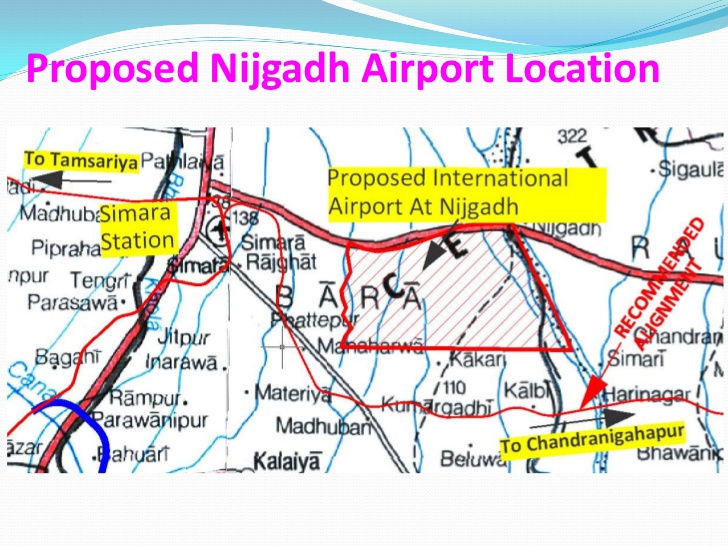
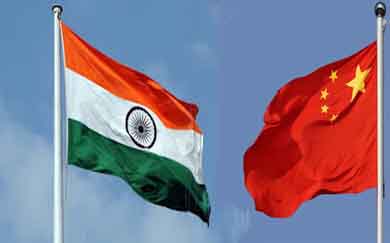

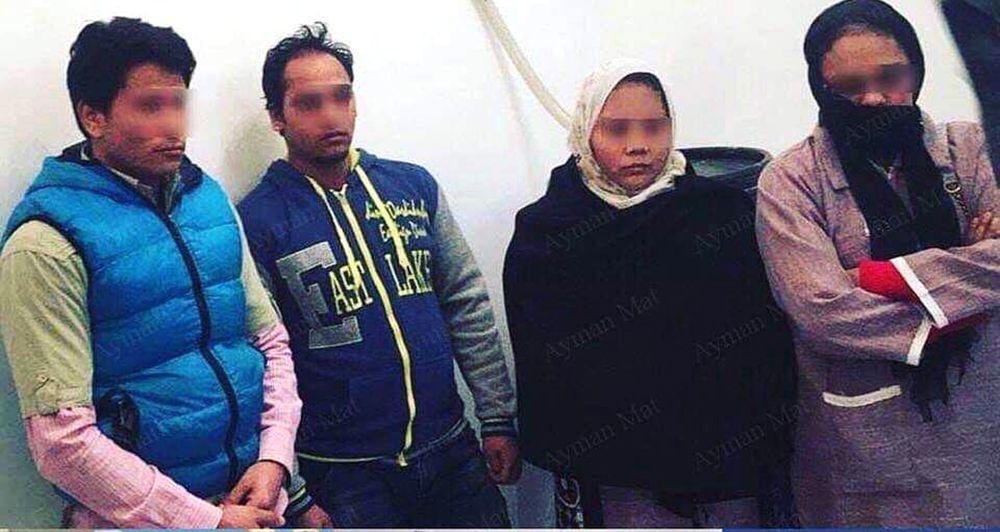
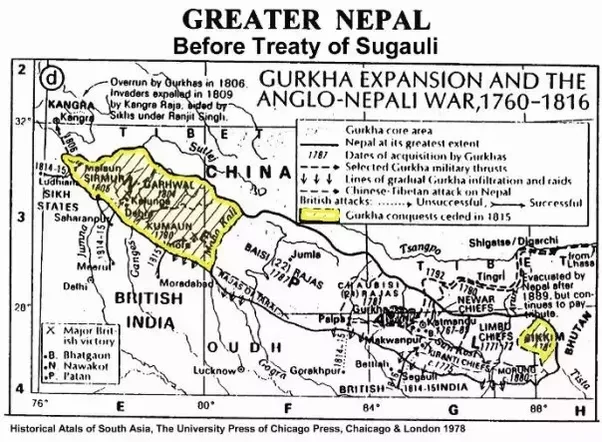

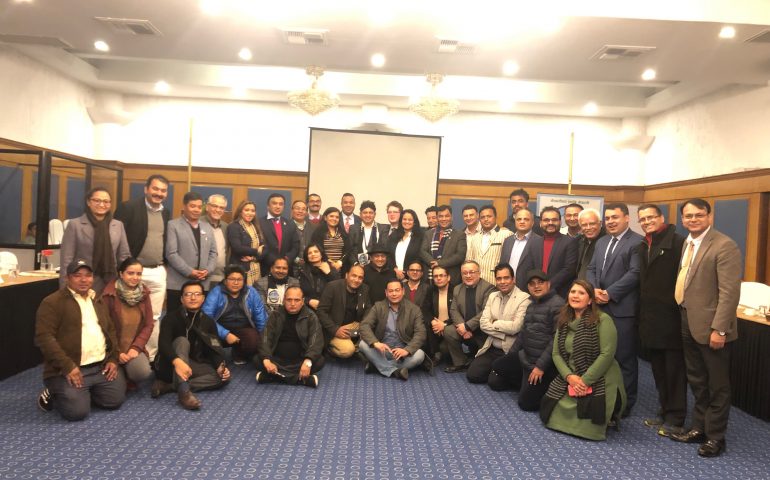

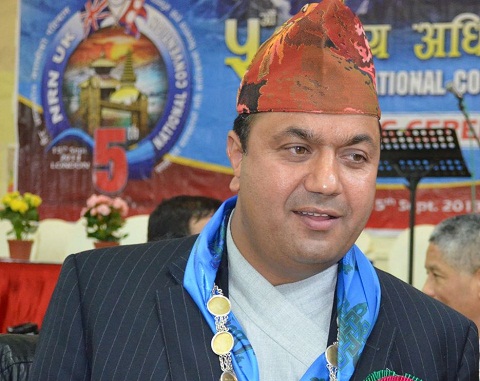

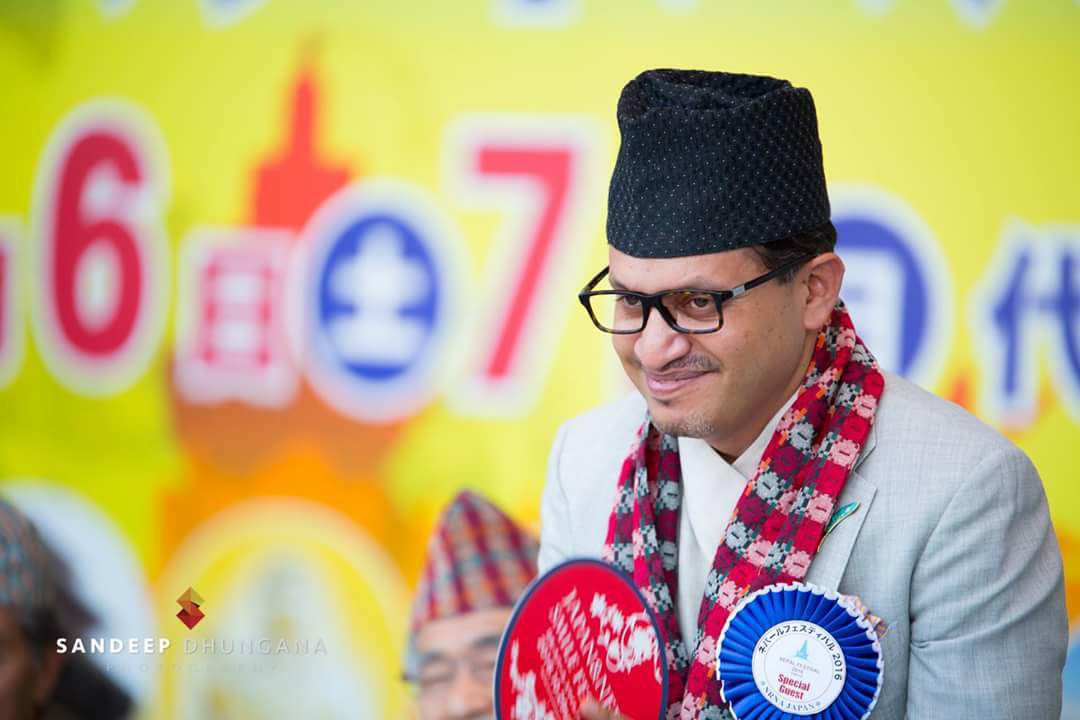
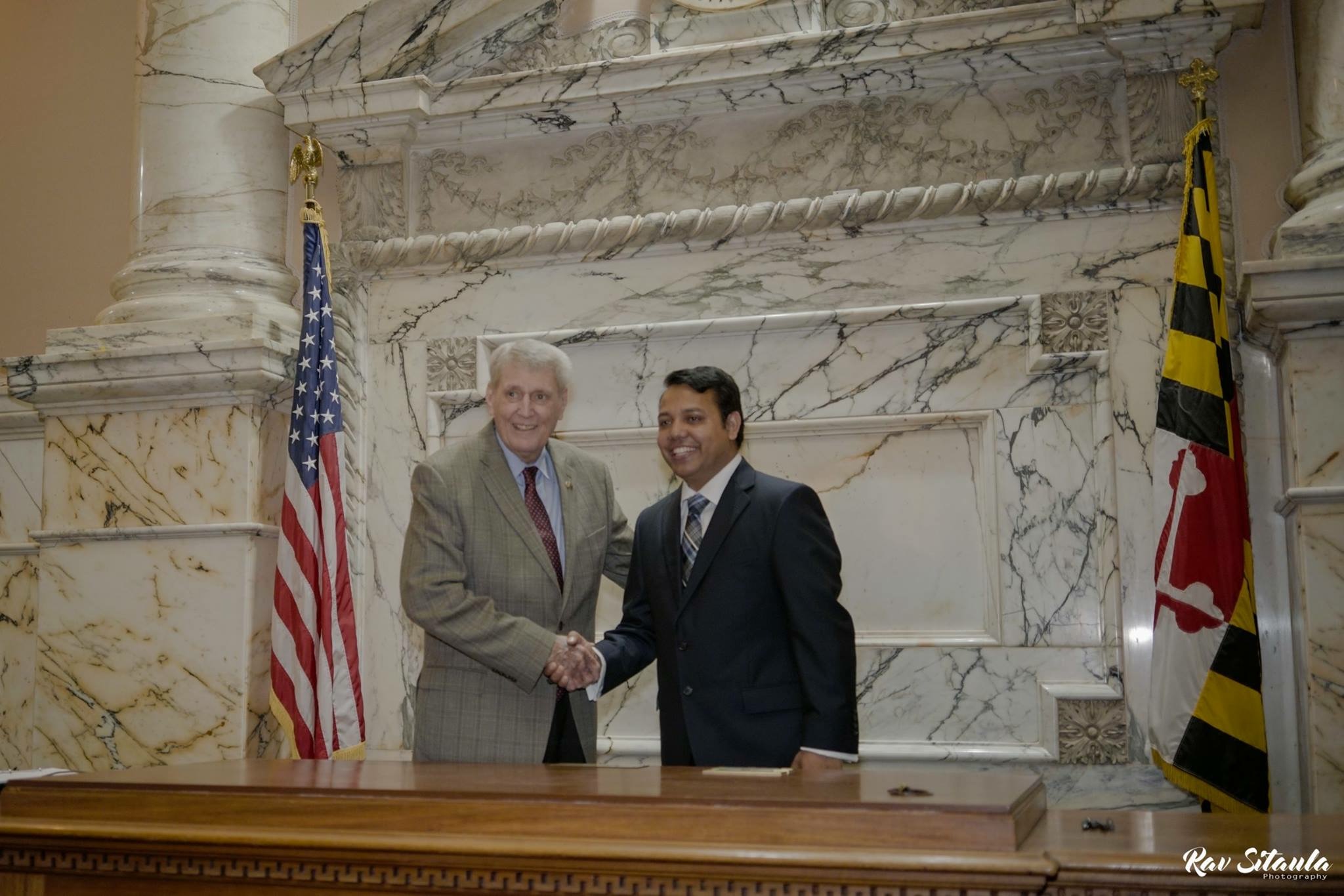


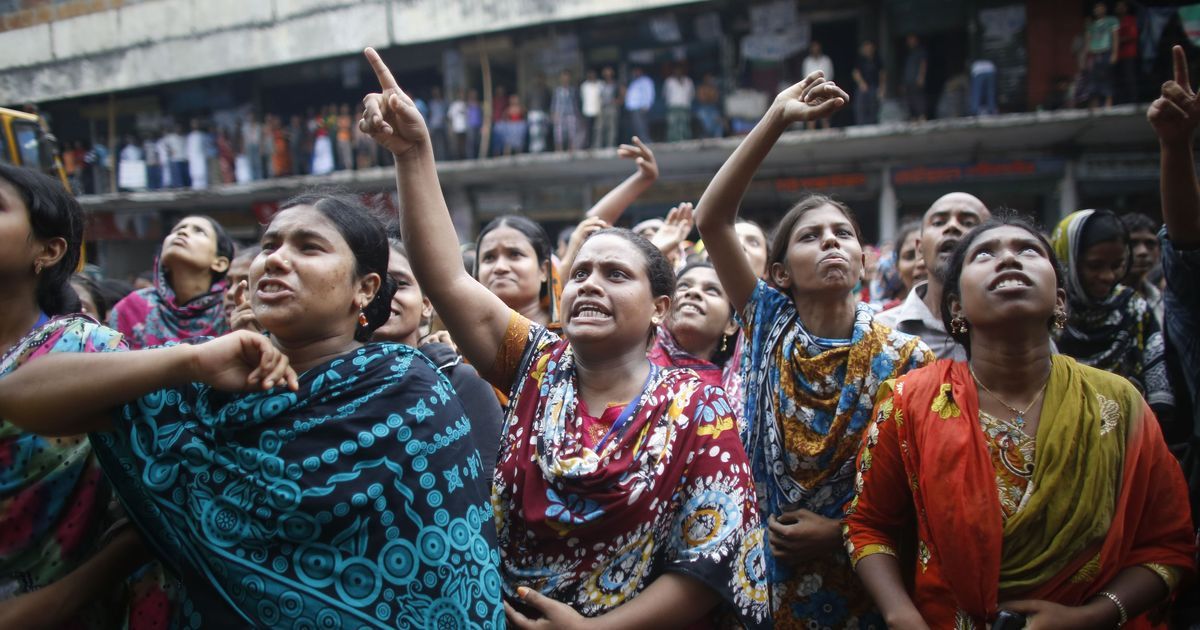
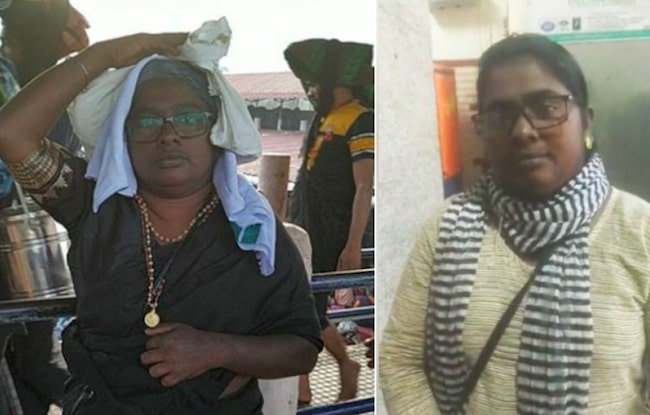


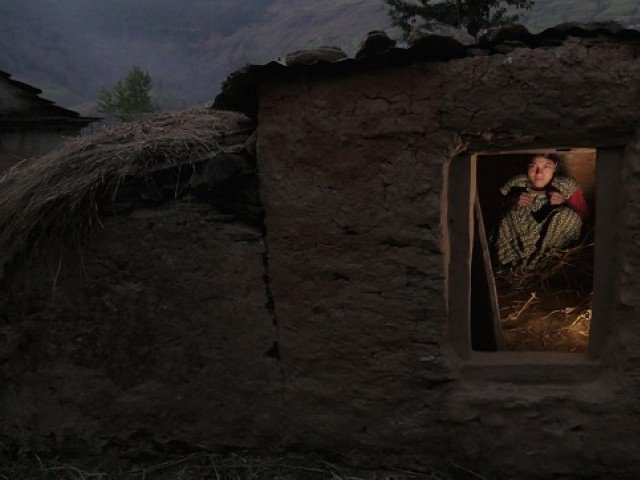
 The 35-year-old woman and her sons were found dead by family and villagers in a small hut next to their family home on Wednesday morning, said Bajura District chief administrator Chetraj Baral.
The 35-year-old woman and her sons were found dead by family and villagers in a small hut next to their family home on Wednesday morning, said Bajura District chief administrator Chetraj Baral.